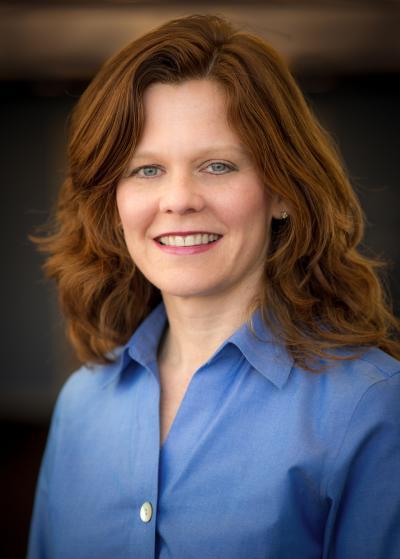Young women with breast cancer often overestimate the odds that cancer will occur in their other, healthy breast, and decide to have the healthy breast surgically removed - a procedure known as a contralateral prophylactic mastectomy, the removal of a nonaffected breast in a woman with unilateral breast cancer -- despite knowing it will be unlikely to improve their chance of survival.
The survey results show a certain disconnect between what many patients know on an abstract, intellectual level -- that CPM has little impact on survival rates for most women -- and the choices they make after receiving the anxiety-inducing diagnosis of breast cancer, the authors say; better safe than sorry.
The survey also indicated that women who don't inherit an increased genetic risk of breast cancer tend to overestimate the chance that cancer will develop in both breasts. They estimated that 10 out of 100 women with cancer in one breast would develop cancer in the other breast within five years. The actual risk of that happening is approximately 2 to 4 percent.
By contrast, respondents who did have an inherited predisposition to breast cancer -- as a result of a mutation in the genes BRCA1 or BRCA2, for example -- more accurately perceived their risk for cancer in both breasts.

Credit: Sam Ogden, Dana-Farber Cancer Institute
"An increasing percentage of women treated for early-stage breast cancer are choosing to have CPM," says the study's lead author, Shoshana Rosenberg, ScD, MPH, of the Susan F. Smith Center for Women's Cancers at Dana-Farber. "The trend is particularly notable among younger women."
The survey results, explains Rosenberg, suggest that many patients are going into this decision with an unrealistic sense of the benefits of CPM, and of the risks. "Improving the communication of those risks and benefits -- together with better management of anxiety surrounding diagnosis -- and providing patients with the support they need to make decisions based on solid evidence -- are worthwhile steps," says Rosenberg.
In the survey, researchers canvassed 123 women age 40 or younger who had undergone a bilateral mastectomy -- the removal of both breasts -- despite having cancer in only one breast. Respondents answered questions about their reasons for having the procedure, their knowledge of its risks and benefits, and their satisfaction with the outcome.
Almost all the women said they opted for CPM out of a desire to improve their chances of survival and prevent the cancer from spreading to other parts of the body. At the same time, however, most understood that removing both breasts does not extend survival for women who are free of an inherited genetic predisposition to breast cancer.
To explain this apparent contradiction, the authors write, "Most women acknowledge that CPM does not improve survival, but anxiety and fear of recurrence probably influence them during the decision-making process."
Even as they overestimated the benefits of CPM, many of the participants underestimated the severity of some of its side effects. Many respondents said the effect of CPM on their appearance was worse than they had expected. A substantial proportion of the respondents -- 42 percent -- reported that their sense of sexuality after CPM was worse than expected, although other studies have not found sexual problems to be prevalent.
"Our findings underscore how important it is that doctors effectively communicate the risks and benefits of CPM to women," Rosenberg says. "We need to be sure that women are making informed decisions, supported decisions, based on an accurate understanding of the pros and cons of the procedure, and in a setting where anxiety and concerns can be addressed."
Citation: Shoshana M. Rosenberg, ScD, MPH; Michaela S. Tracy, BA; Meghan E. Meyer, BS; Karen Sepucha, PhD; Shari Gelber, MS, MSW; Judi Hirshfield-Bartek, MS; Susan Troyan, MD; Monica Morrow, MD; Lidia Schapira, MD; Steven E. Come, MD; Eric P. Winer, MD; and Ann H. Partridge, MD, MPH, 'Perceptions, Knowledge, and Satisfaction With Contralateral Prophylactic Mastectomy Among Young Women With Breast Cancer: A Cross-sectional Survey', Ann Intern Med. 2013;159(6):373-381. doi:10.7326/0003-4819-159-6-201309170-00003




Comments